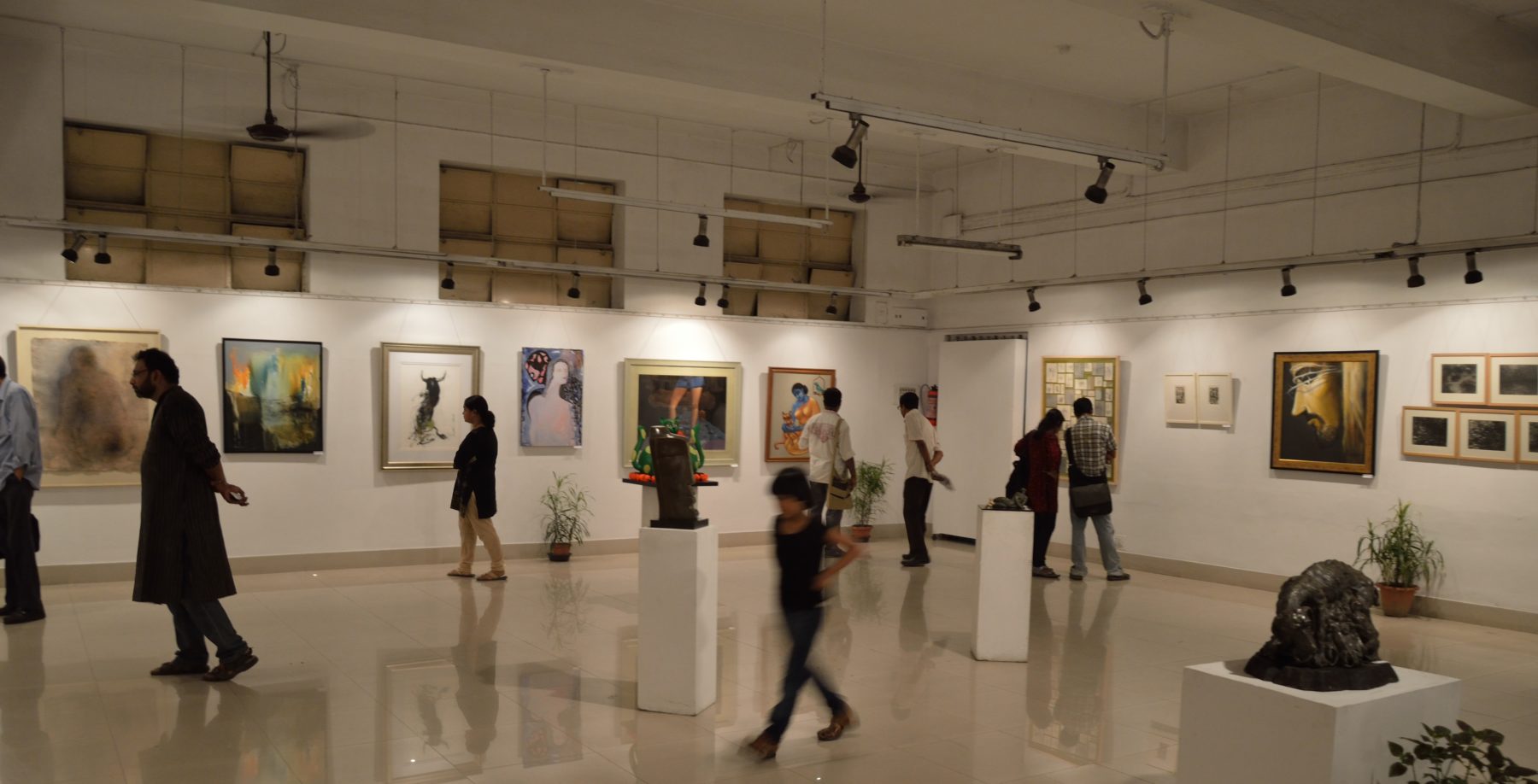1. Jill Hanley and Sandra D. Sjollema. Community Development Journal. “When Words Arrive: A Qualitative Study of Poetry as a Community Development Tool.” 2014. Canada.
Poetry, among the arts, remains understudied as a means for community development. To address this scarcity, this paper considers the use of poetry as a community development tool and discusses its uniqueness in this role. It offers a description and analysis of an exploratory, qualitative research study carried out with twelve respondents in Montreal, Canada, who participated in community-based creative writing groups. Evaluation suggested that, overall, the poetry groups made a positive contribution to community building and development. This paper locates the study in the context of community development and the arts and includes references to poetry therapy and social action-based creative writing. It also raises questions as to why poetry has not found its place on the agenda of arts-based community development.
2. Hidde Bekhuis, Natascha Notten, and Gerbert Kraaykamp. Cultural Trends. “Highbrow Cultural Participation of Turks and Moroccans in the Netherlands.” 2015. The Netherlands.
Focusing on Turkish and Moroccan communities, this paper examines educational attainment (highest level reached), national identification (the extent to which migrants identified with the Netherlands) and social integration (number of Dutch friends) as possible factors to explain why these communities are less likely than to engage in highbrow cultural activities. As expected, highly educated migrants and those in full-time education attended highbrow cultural events more often than other migrants. More identification with Dutch society led to more cultural engagement. Migrants with social networks containing more Dutch friends and more highly education friends were more likely to engage in highbrow culture. Of these factors, the level of education was the most important in determining highbrow cultural engagement.
3. Arlene Goldbard. U.S. Department of Arts and Culture. “Art Became Oxygen: An Artistic Response Guide.” 2017. United States.
As natural disasters and social emergencies multiply, the need has grown for ethical, creative, and effective artistic response—arts-based work responding to disaster or other community-wide emergency, much of it created in collaboration with community members directly affected. Art Became The Oxygen was created to engage readers who share the intention of offering care and compassion and helping to create possibility in the midst or wake of crisis.
4. Shelley Trott and Gina Acebo. Creative Equity Research Partners. “Mapping Small Arts and Culture Organizations of Color in Oakland.” 2018. United States.
This project was commissioned by Akonadi Foundation and the Kenneth Rainin Foundation to address the lack of research on small, grassroots arts and culture organizations serving communities of color in Oakland, California. This research investigates the specificity of this sector of the ecosystem—its geography, existing infrastructure, assets, and challenges. By aggregating and analyzing the limited data on these organizations, interviewing a diverse cohort of stakeholders, and gathering existing research on organizations of color and the informal arts sector, this research project takes a first step toward understanding a complex and vibrant sector that builds social bonds, addresses community needs, and contributes to a strong sense of place in Oakland.
5. Alan Kay. Community Development Journal. “Art and Community Development: the Role the Arts have in Regenerating Communities.” 2000. United Kingdom.
The arts are often considered to be at the periphery of the community development process and only a minor player in regenerating areas. Despite increasing globalization, communities are beginning to recognize their own identity, culture, traditional art forms and the value of working together at a local level. This paper is based on a recent study which shows that the arts have a role in regeneration and at a local level can be used as a tool within a wider community development programme.
